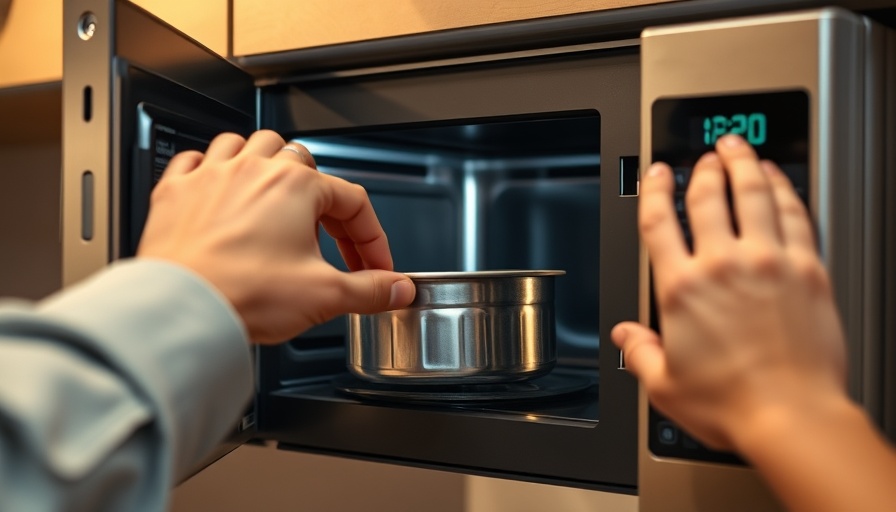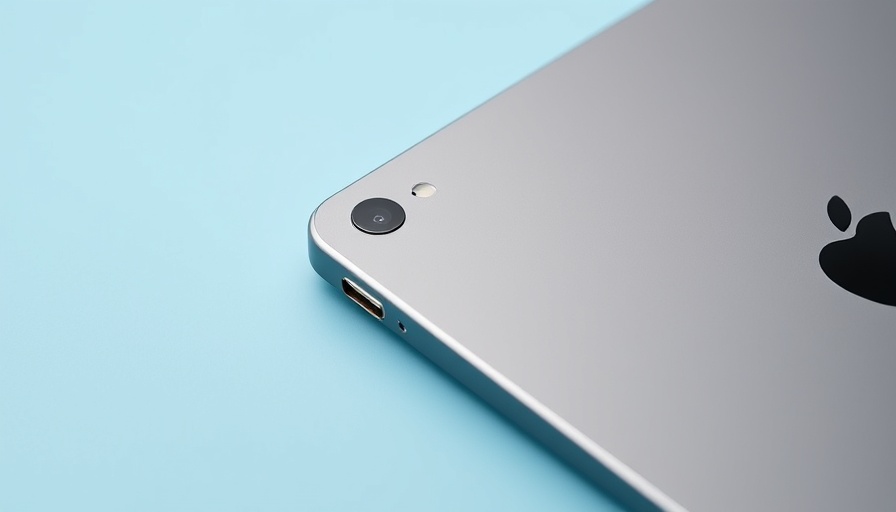
Understanding the Science of Microwaves
Many of us have had that heart-stopping moment when a metal object inadvertently makes its way into the microwave, triggering a dramatic light show of sparks and crackling sounds. But why does this happen? At the core, microwaves heat food using electromagnetic radiation that excites water molecules. When metal is introduced into this environment, it reflects the energy rather than absorbing it, which can lead to dangerous arcing and potential fire hazards.
What Happens If Metal Enters the Microwave?
When metal objects, such as aluminum foil or a fork, enter the microwave, sparks can fly almost instantly. This is due to the high frequency of microwave radiation creating electrical currents within the metal. According to appliance repair expert Matthew Morrison, "tiny blue or white sparks dancing around the edges of the metal" can quickly escalate to a much larger problem, resulting in smoke and potentially a fire. The best immediate action if you mistakenly put metal in the microwave is to stop it instantly, either by unplugging or pressing the stop button.
Identifying Microwave-Safe Materials
So what can you safely use in the microwave? The safest materials for microwaving include tempered glass and microwave-safe ceramics. These substances allow microwave energy to penetrate, thereby heating your food without risk. However, it’s crucial to avoid materials such as styrofoam, which can melt and leach harmful chemicals into your food.
Are There Any Safe Metals?
Interestingly, not all metals are off-limits in the microwave. Some metal trays specifically designed for microwave cooking can be safe, as can robust stainless steel racks. However, be cautious; thin metals or items with sharp edges can cause serious problems. As Glenn Lewis from Mr. Appliance points out, "it's best to keep all metals out of your microwave" to avoid potential damage.
Why This Knowledge Matters for Homeowners
Understanding what materials are safe in the microwave is essential for homeowners. Beyond just avoiding sparks, it enables you to prevent costly repairs and ensures a safer cooking environment. As you manage your kitchen, always prioritize materials known for their microwave compatibility and establish a habit of checking for any hidden metal threads or components in kitchen textiles.
Making Informed Choices About Kitchen Safety
When preparing meals, it's vital to take deliberate steps toward kitchen safety. By being aware of the materials you are using, you not only protect your appliances but also encourage safe cooking practices within your household. So, the next time you're reaching for a kitchen item, take a moment to assess if it’s microwave-friendly.
In conclusion, it's not just about avoiding metal in the microwave; it's about fostering a mindful cooking environment. With the right knowledge, you can create culinary delights safely and enjoyably. Share these tips with friends and family to help spread awareness and foster safe cooking practices in every home!
 Add Row
Add Row  Add
Add 




 Add Row
Add Row  Add
Add 

Write A Comment